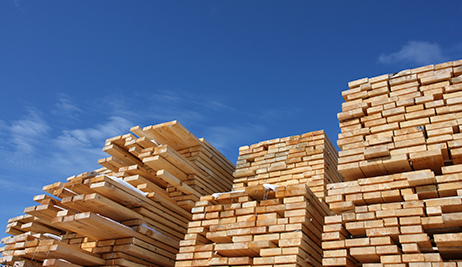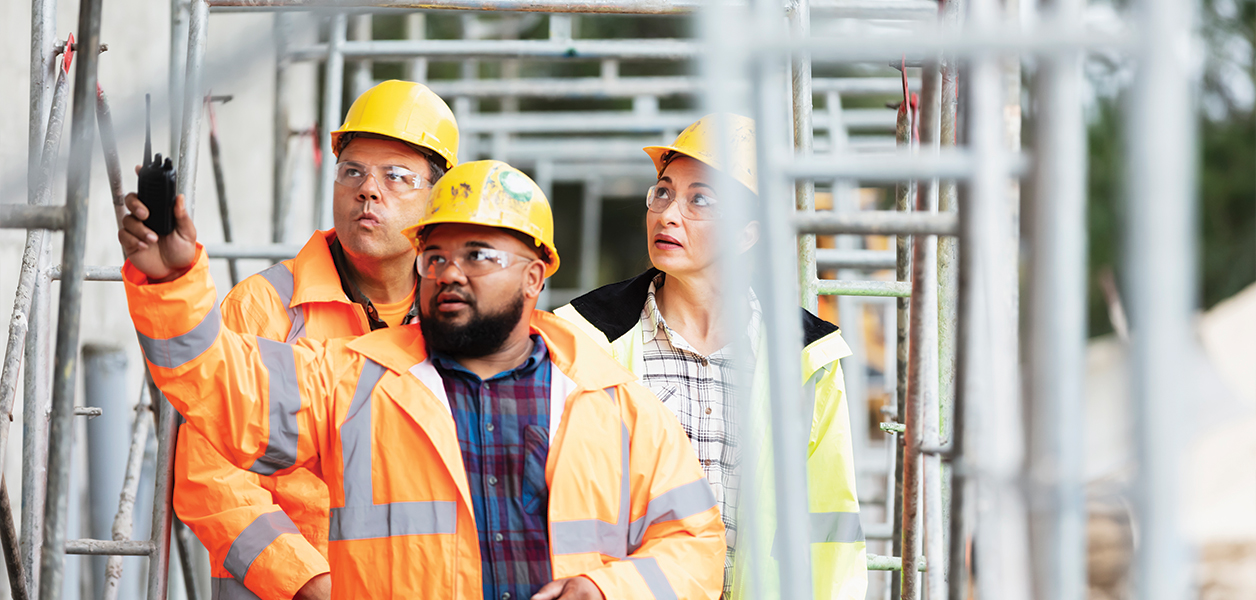An Associated Builders and Contractors (ABC) analysis of information provided by the Bureau of Labor Statistics shows construction material prices increased 1.3 percent from March to April, according to www.abc.org. On a year-over-year basis, the price of construction materials increased 6.4 percent.
This represents the largest month-over-month increase in almost three years and the largest year-over-year increase since October 2011.
Nonresidential construction material prices increased 1.6 percent from March to April and 6.3 percent between April 2017 and April 2018.
"Inflation is becoming more apparent in virtually every corner of the U.S. economy," says ABC Chief Economist Anirban Basu. "Unemployment recently dipped below 4 percent for the first time since 2000. As of March, there were 6.55 million unfilled job openings and 6.59 million unemployed people. This means that the ratio of unemployed to job openings is roughly 1, implying that wage pressures will continue to build. Initial unemployment claims remain incredibly low while the so-called 'quits' ratio is climbing, indicating that more workers feel comfortable quitting their current jobs in pursuit of better ones.
"Arguably, a number of policies are contributing to these burgeoning inflationary pressures," Basu continues. "Shifting immigration policies are one factor, as are proposed tariffs, including on steel and aluminum. During the past year, iron and steel prices are up nearly 11 percent. The price of softwood lumber, which has been at the center of an ongoing trade dispute with Canada, has risen by about 10 percent. Issues revolving around Iran help explain why oil stands at $71 per barrel this morning. Recently enacted tax cuts also represent an explanatory factor; improving economic growth helps drive up prices. Beyond that are issues related to health care, home prices, apartment rents and tuition."
Basu says although the economy and nonresidential construction marketplace currently are strong, the future still is uncertain.
"With the finances of many states and local governments meaningfully improving, including in states as disparate as Connecticut and Utah, the expectation is that infrastructure spending is set to rise," Basu says. "The next two years are shaping up to be solid ones for nonresidential construction firms. However, beyond that, the outlook becomes distinctly murky. Rising inflationary pressures are beginning to translate into higher borrowing costs. The cost of delivering construction services is also on the rise. At some point, this combination of factors will impede further progress and may ultimately contribute to the end of the current expansion cycle."





